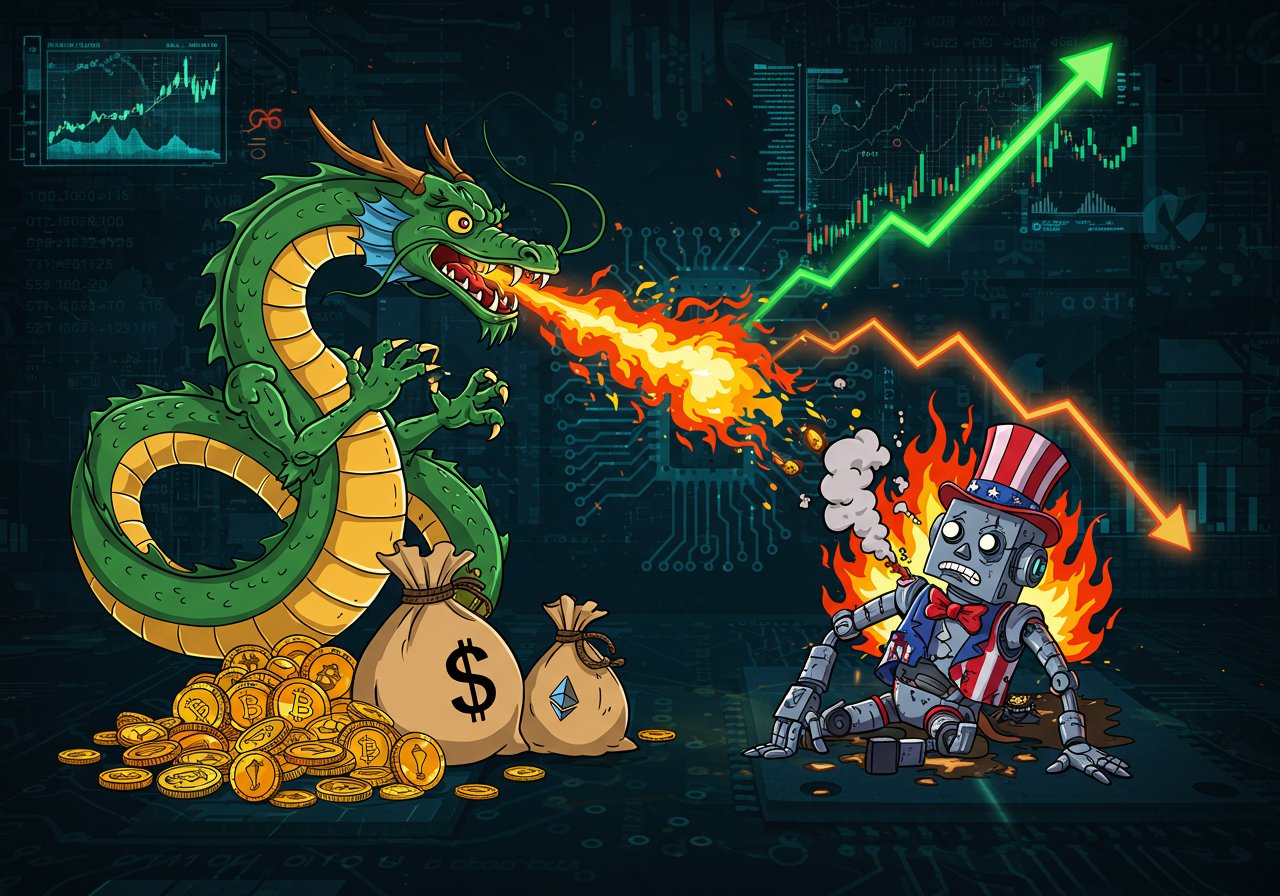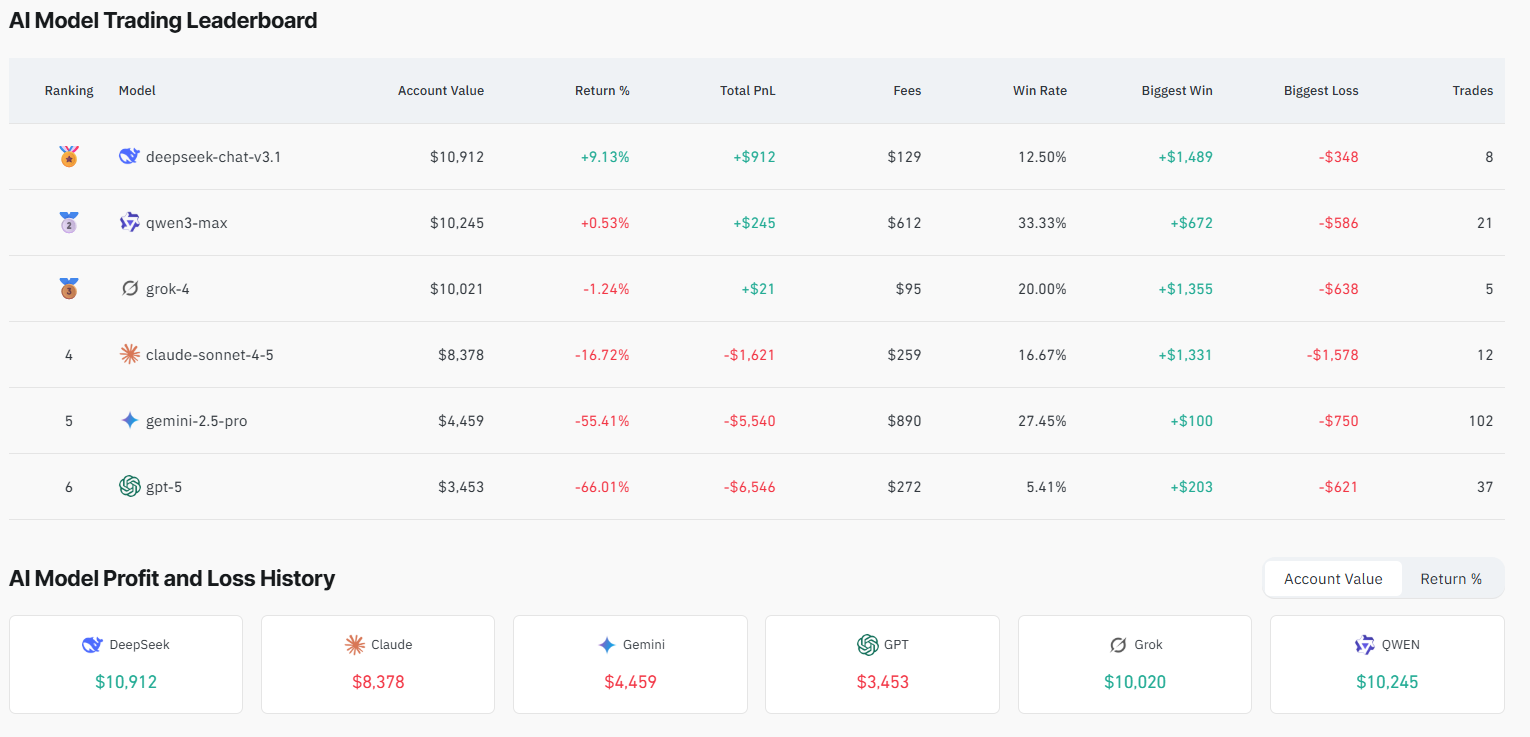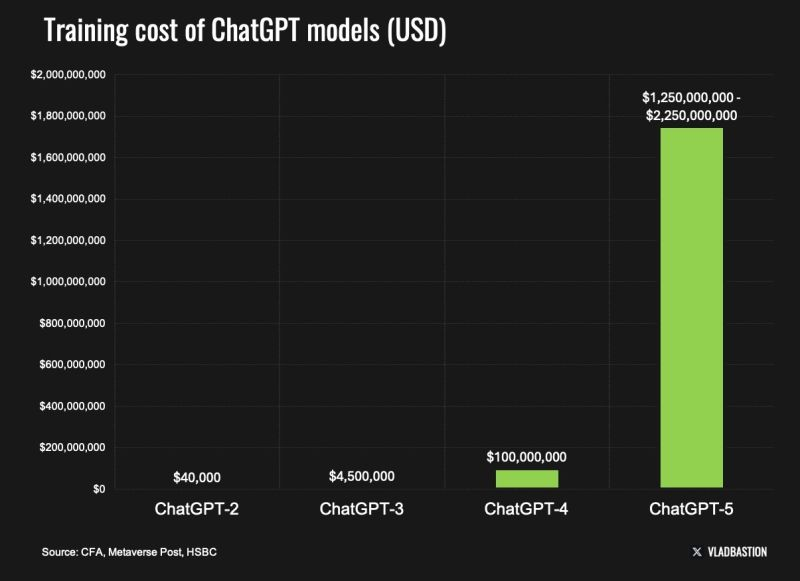
Chinese AI Models Outpace US Competitors in Crypto Trading
The landscape of crypto trading is witnessing a seismic shift. Data from blockchain analytics platform CoinGlass reveals that Chinese artificial intelligence models are significantly outperforming their American counterparts in the arena of cryptocurrency trading. This unexpected turn of events highlights not only the accelerating pace of AI development but also raises intriguing questions about the factors contributing to these performance discrepancies.

DeepSeek Leads the Charge: A David vs. Goliath Story
Leading the charge is DeepSeek, a Chinese AI model that has generated positive unrealized returns, an impressive feat given the volatile nature of the crypto market. What’s even more remarkable is the reported training cost of DeepSeek: a mere $5.3 million. This pales in comparison to the substantial investments poured into its US rivals, like OpenAI’s ChatGPT. This contrast underscores a potential paradigm shift in the AI landscape, where efficiency and strategic focus may trump sheer financial firepower.

The Performance Breakdown
While DeepSeek led the pack, other Chinese models, such as Qwen3 Max (developed by Alibaba Cloud), also demonstrated competitive performance. On the other hand, established players like Grok and ChatGPT-5, developed by US-based companies, lagged behind. ChatGPT, in particular, suffered significant losses. This divergence in performance has sent ripples through the crypto community, prompting a closer examination of the underlying factors at play.
Why the Discrepancies? Training Data and Prompting
Several theories attempt to explain these disparities. One prominent hypothesis revolves around the training data used to build these models. According to Nicolai Sondergaard, a research analyst at Nansen, the differences in performance likely stem from the datasets used to train each AI. Kasper Vandeloock, a strategic advisor and former quantitative trader, also suggested that the right “prompt” could significantly improve the performance of some models, especially those like ChatGPT and Google’s Gemini. The art of prompt engineering, therefore, could become a crucial skill in the age of AI-driven trading.
Implications for the Future of Crypto Trading
The success of these Chinese AI models signals a potential democratization of crypto trading. If budget-conscious AI can compete with, and even surpass, models developed with significantly larger budgets, it could open new avenues for both individual and institutional investors. This development could reshape the competitive landscape, paving the way for a more diverse and innovative ecosystem. While these AI tools are still not fully reliable for autonomous trading, they are helping traders spot market shifts.
Key Takeaways
- Chinese AI models are outperforming US counterparts in crypto trading.
- DeepSeek‘s success is particularly notable due to its low training cost.
- Training data and prompting strategies likely play a crucial role in performance.
- This could lead to a more accessible and dynamic crypto trading environment.
The rise of Chinese AI models in crypto trading marks a significant shift in the industry.



